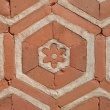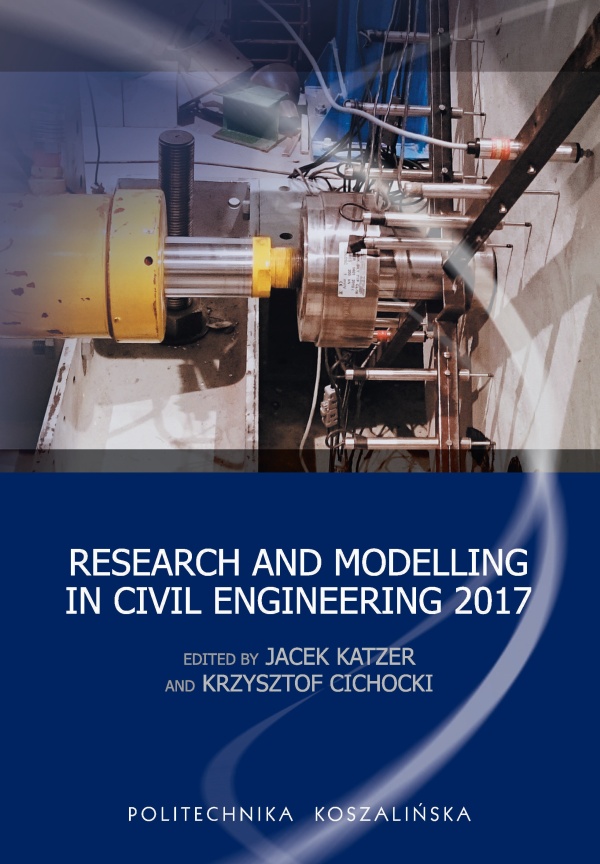Preface
This monograph was created as the scientific outcome of the 2nd Central European Civil Engineering Meeting 2017 (CECEM 2017) which took place at Koszalin University of Technology (Faculty of Civil Engineering, Environmental and Geodetic Sciences) in Poland, 5 – 9 June 2017. Researchers representing four countries (Czech Republic, Slovakia, Romania and Poland) were attending the meeting. The meeting was organized as an ERASMUS+ event. CECEM 2017 had both staff training (STT) and teaching (STA) character and was a great opportunity to share knowledge and experience in the field of civil and structural engineering. The week-long programme included round table discussions, presentations, problem solving cases, lab visits, workshops and social events. The main objectives of CECEM 2017 included peer-learning, networking, transfer of knowledge and sharing research experiences and best practices. Participants brought into the discussion examples from their own institutions and present best practices and innovative approaches to the issues addressed.
During CECEM 2017 multiple scientific presentations were delivered and discussed. Organizers decided to prepare the monograph as the outcome of the meeting to prevent these high quality presentations from perishing. Willing authors prepared extended versions of their papers for publication. After very careful analyses and peer-review process 10 chapters were accepted for the final version of the monograph. The inclusion of a chapter in the monograph was free of charge for the authors. The peer-reviewing, editing and printing costs were covered by Faculty of Civil Engineering, Environmental and Geodetic Sciences at Koszalin University of Technology.
Katzer J., Cichocki K. (eds.) (2017) Research and Modelling in Civil Engineering 2017.
Koszalin: Koszalin University of Technology Publishing House, Monograph No 338,
Faculty of Civil Engineering, Environmental and Geodetic Sciences.
ISSN 0239-7129, ISBN 978-83-7365-474-7
(Monograph – Full text)
Table of contents (Chapters)
- Energy transfer improvement in a water pumping installation – pp. 7-22
Anca Constantin - Dynamic numerical analysis of the integrated shear connection – pp. 23-36
Maciej Major, Paweł Helbrych - Effect of carbon nanotubes on the mechanical fracture properties of alkali-activated materials – pp. 37-50
Pavel Rovnaník, Hana Šimonová, Libor Topolář, Pavel Schmid, Zbyněk Keršner - A correction of fatigue characteristics of concrete with respect to age of specimens – pp. 51-62
Hana Šimonová, Stanislav Seitl, Petr Frantík, Zbyněk Keršner - Selected applications of acoustic methods in building materials monitoring – pp. 63-80
Libor Topolář, Luboš Pazdera, Michaela Hoduláková, Karel Mikulášek - Comprehensive Monitoring of the Shrinkage and Structural Changes of Cement Composites during Setting and Hardening – pp. 81-98
Barbara Kucharczyková, Libor Topolář, Petr Daněk, Dalibor Kocáb, Ondřej Karel - Impedance spectroscopy, a method to determine physical and chemical properties of construction materials – pp. 99-114
Miroslav Lunak, Ivo Kusak - Simulation quality of the probability of the reinforced concrete corrosion initiation evaluation – pp. 115-131
Tuan Le Duc, Petr Konečný - Multi-parameter fracture mechanics: Practical use – pp. 133-144
Lucie Malíková, Stanislav Seitl, Zbyněk Keršner - Selected problems of the foundation slab under the residential building – pp. 145-156
Katarína Tvrdá


